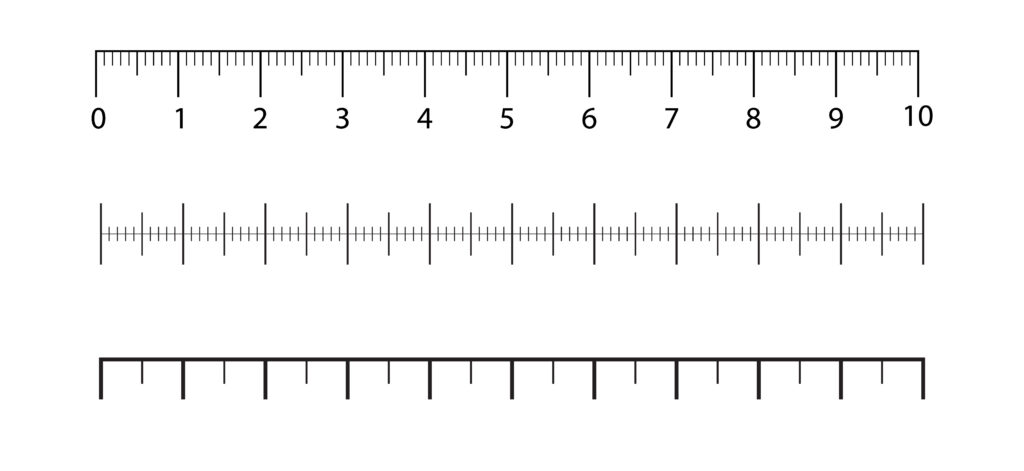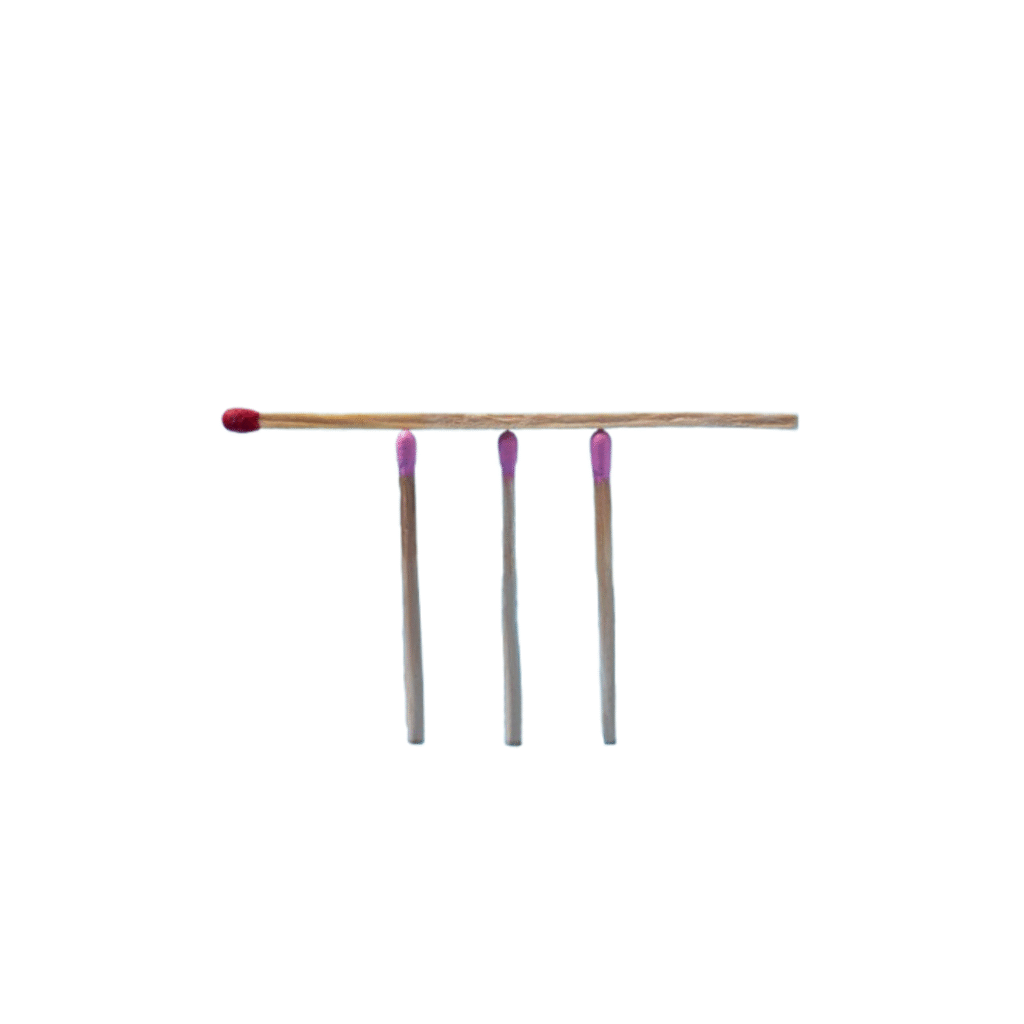A Story of Numbers
Journey back in time to ancient Mesopotamia and learn how numbers were written using a base-60 system. Can you translate modern numbers into their cuneiform equivalents?
Help & Instructions
▼- Cuneiform Puzzle: The goal is to represent the target number using cuneiform symbols.
- Drag & Drop: Drag the cuneiform symbols from the bank at the bottom into the drop zone.
- Order Matters: Place the largest values (60s) first, then the 10s, then the 1s, from left to right.
- Click 'Check' to see if you are correct, or 'Solution' to see the answer.
- Discover how number systems have evolved.
- Understand the concept of a positional number system.
- Explore the differences between base-10 and base-60 number systems.
The Cuneiform Challenge
Represent the number:
Drag symbols here
The Mesopotamians used a **sexagesimal (base-60)** number system. This system is a positional one, much like our modern base-10 system, but the value of a digit is multiplied by a power of 60 rather than a power of 10.
The Mathematics Behind the Puzzles
The Mesopotamian cuneiform system used two basic symbols:
- ▼ for 1 (a vertical wedge)
- < for 10 (an arrowhead)
They arranged these symbols in a group to represent numbers up to 59. For numbers 60 and above, they used a positional system. For example, the number 62 was written as a symbol for 1 followed by a space and then a symbol for 2. The first symbol represented $1 \times 60$, and the second represented $2 \times 1$.
The legacy of the base-60 system is still with us today:
- Time: 60 seconds in a minute, 60 minutes in an hour.
- Angles: 360 degrees in a circle ($6 \times 60 = 360$).
- These conventions originated from Babylonian astronomy and mathematics.


